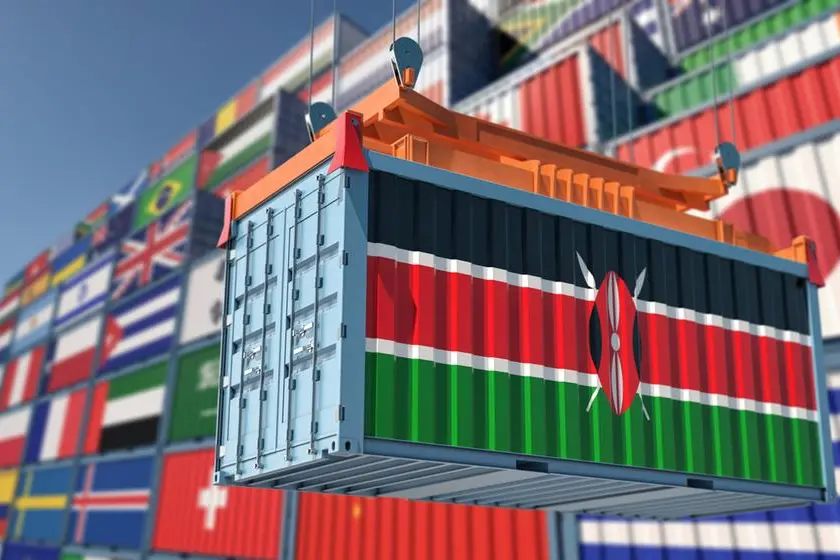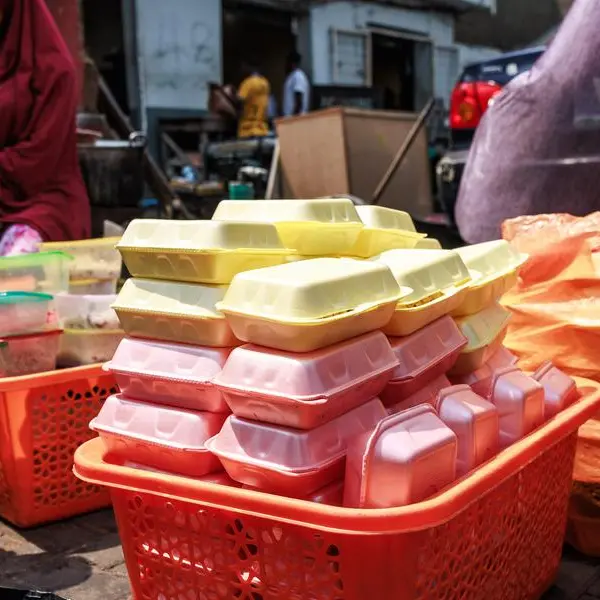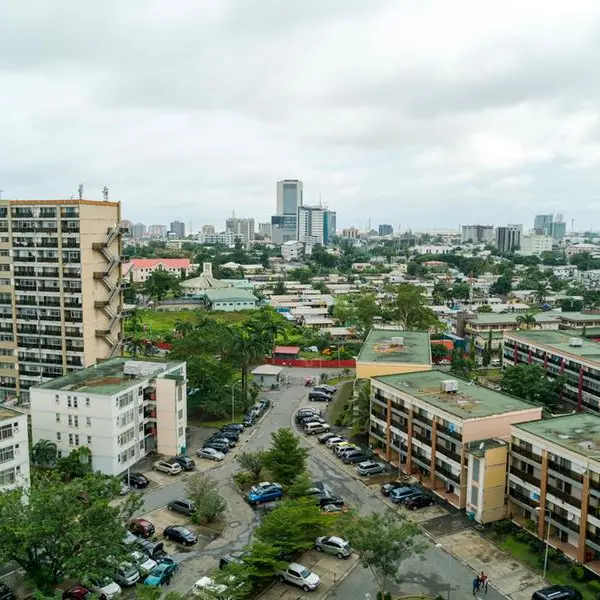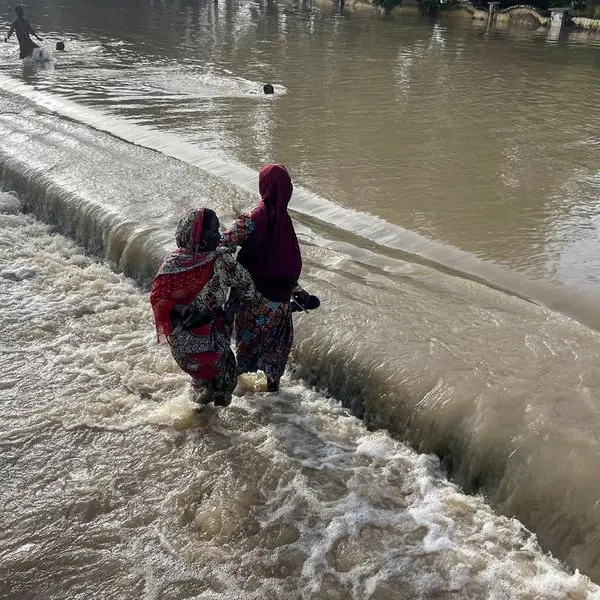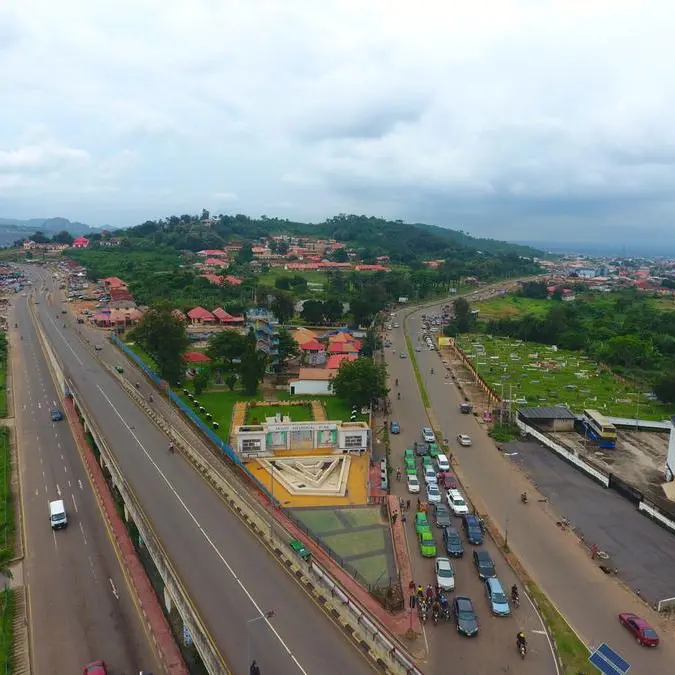PHOTO
Kenya’s campaign to revive a multimodal transport system at Kisumu port to serve East and Central Africa is bearing fruit, with Uganda pledging to use the facility for its oil and loose cargo starting this month.
Nairobi, which pegged the operationalisation of the port on the completion of the complementary facilities in Uganda after sinking millions of dollars to revamp the old infrastructure and to refurbish cargo ferry MV Uhuru, projects to increase cargo handled in the facility this year.
The Kisumu port is part of the East African Community (EAC) infrastructure development plan, with a potential of generating $60 billion worth of trade annually, but is currently only bringing in about 10 percent of this to the three big EAC economies, Kenya Uganda and Tanzania.
A Ugandan delegation led by the Minister in the Office of the President Akello Beatrice Akori, pledged her government’s use of the Kisumu oil jetty for the handling of its petroleum products and other loose cargo.
The minister witnessed the loading of 4.5 million litres of petroleum products onto the MV Kabaka Mutebi II, destined for Mahathi jetty in Uganda.
Speaking after completing their tour of the Northern Corridor with a visit to the Kisumu port, Ms Akori highlighted the benefits of utilising the lake for cargo, stating that it has significantly reduced road traffic and improved the reliability of fuel supply.“Nearly 90 percent of the products handled at the Kisumu jetty are intended for Uganda, emphasising its crucial role in the country’s petroleum logistics,” she said. “With the revamped facility, there will be enhanced capacity of the jetty, which has streamlined the importation process for Uganda, ensuring a steady supply of petroleum products.”
Uganda has set up a plan to ensure that the fuel reaches the Mahathi terminal in Entebbe and is transported farther by truck to neighbouring countries such as Rwanda, South Sudan, Burundi, and the Democratic Republic of Congo.
Meanwhile, the Kenya Pipeline Corporation (KPC) has announced plans to increase its operations when another fuel vessel arrives next month. The KPC said it would upgrade its systems to facilitate simultaneous loading of both trucks and vessels, responding to the rising demand for petroleum products in the region.
Kenya pumped about $7 million into the construction of a fuel jetty, feeder jetties and piers, shunting areas, berths, a terminal and yards, with administrative and Customs facilities in Kisumu, which Kenya wants position as a hub for inland maritime transport in East Africa.
The development of Lake Victoria ports is part of the EAC Inland Waterway Transport infrastructure agreed by partner states to link Uganda, Tanzania and Kenya to the Northern and Central transport corridors.
The three countries are seeking to revive connected ports and maritime operations on these shared waters to enhance integration and grow trade borders.
Kenya has been pushing its partners, especially Uganda, to help with this project by hastening implementation of the plan on its end to facilitate quicker and cheaper passage of goods, particularly fuel to the Great Lakes region and South Sudan.
Nairobi has long touted Lake Victoria’s huge potential in cargo and passenger transport.
It is also eyeing the $92.3 million Congolese market for its manufactured goods and sees a link with Uganda as key to actualising this.
The Kisumu port, together with other regional ports in Mwanza and Bukoba in Tanzania, Jinja and Entebbe in Uganda, and Muhoma Bay in Rwanda, present an alternative to the transport challenges on the Northern Corridor.
Kampala’s delay in completing the construction of an oil jetty on its side has frustrated Kenya’s efforts.
Mahathi Infra Uganda Ltd, a consortium of private investors, has been building a jetty on the Ugandan side which, once complete, will have a 14-tank storage facility with a capacity of up to 70 million litres of fuel, and 220-metre jetty.
There has been a reported improved uptake of cargo in Kisumu.
In the first half of 2024, the port handled 125,503 tonnes, a significant rise from 60,910 tonnes in the same period last year, marking a 51.5 percent increase, or 64,592 tonnes, according to data from the Kenya Ports Authority.
The number of vessel calls has also increased, with 116 calls by July, up by 63 from the same period in 2023.
© Copyright 2022 Nation Media Group. All Rights Reserved. Provided by SyndiGate Media Inc. (Syndigate.info).
